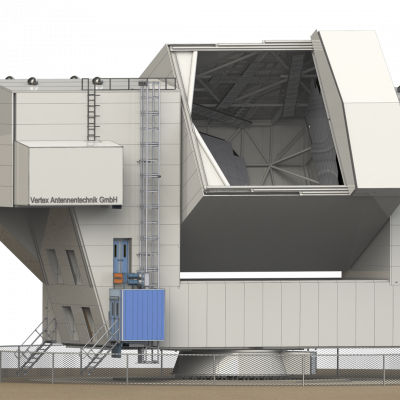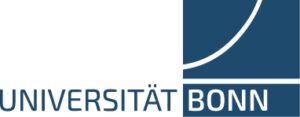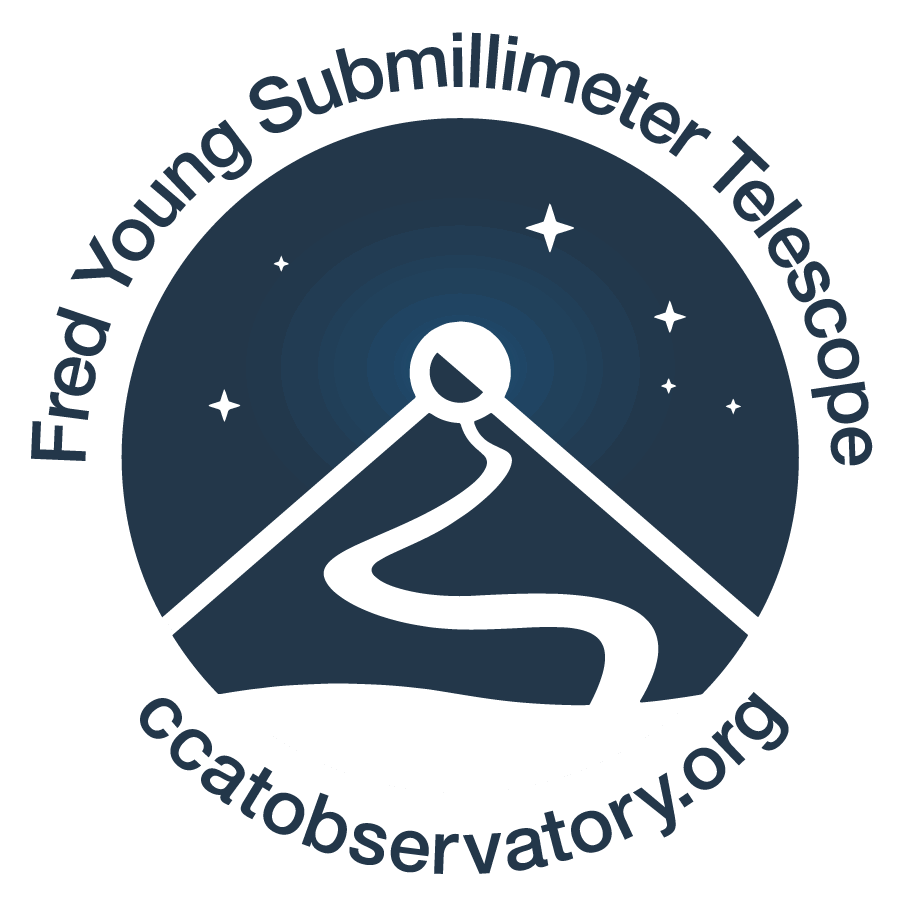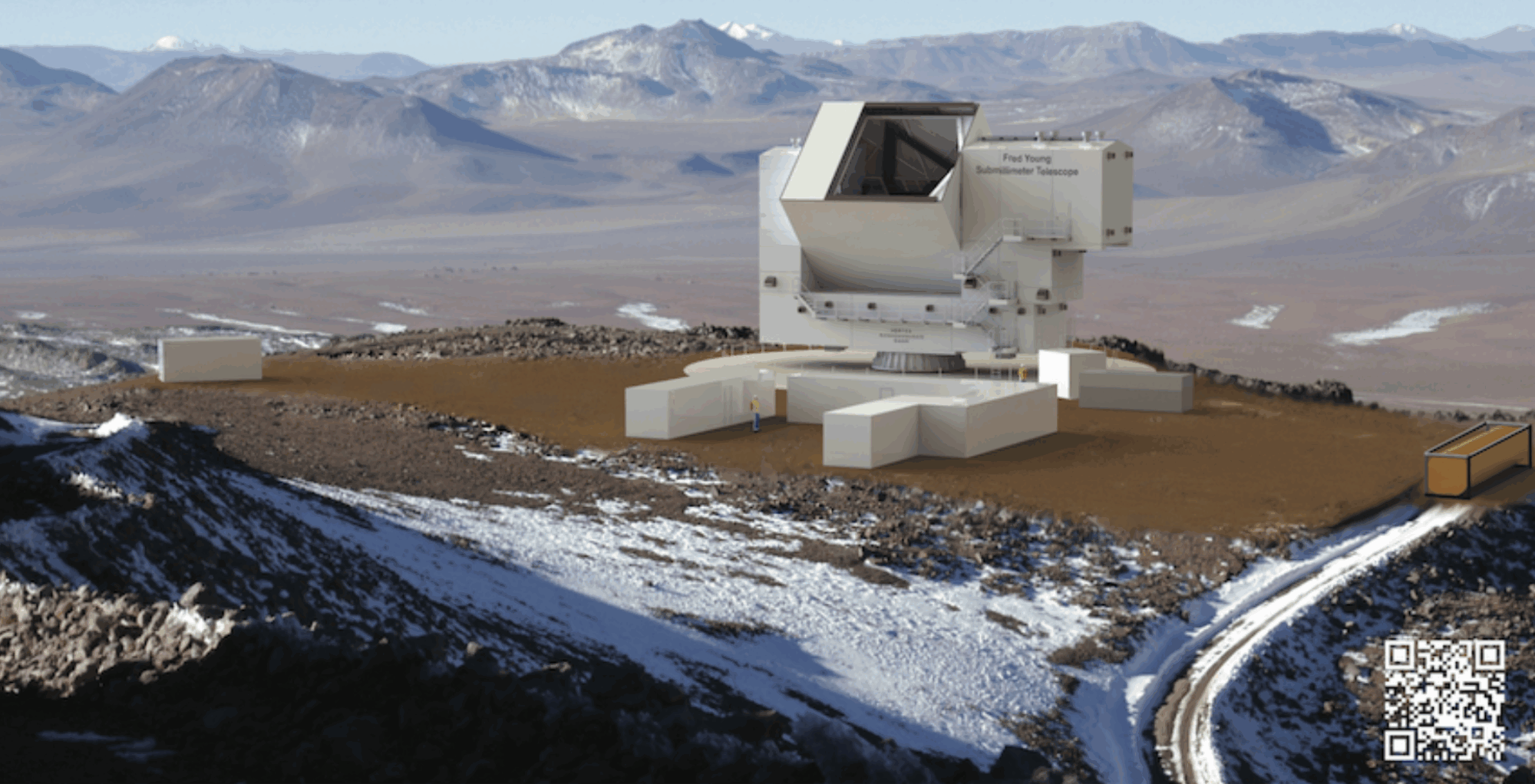
The CCAT Collaboration (Cerro Chajnantor Atacama Telescope, CCAT) is a consortium including Cornell University, the German Universities Cologne and Bonn as well as the Max Planck Institute for Astrophysics, and a Canadian University Consortium. The collaboration is responsible for building instruments that will be deployed on FYST, observing, analyzing data, and publishing scientific results.

FYST will be a telescope with an innovational 6-m clear aperture, modified mirror crossed-Dragone optical design. It is currently being assembled on 5600 m elevation site on Cerro Chajnantor in the Chilean Atacama Desert and will operate in the millimeter to submillimeter (100 GHz – 1.5 THz) range. The extraordinary location at high-altitude in the extremely dry Atacama Desert will allow measurements with a strongly reduced influence of atmospheric water molecules.
The telescope was designed and built by CPI Vertex Antennentechnik, GmbH in Germany. It was fully built and tested by Wessel GmbH in Germany and was then partially disassembled again and shipped to Chile. The transport started in Winter 2024/2025.
FYST is currently being re-assembled and first light is expected in spring 2026.
This page shows information about the German CCAT Consortium as well as the German contributions to the CCAT collaboration.

General Information about CCAT/FYST can be found on the CCAT collaboration page: https://www.ccatobservatory.org


The CCAT project, FYST and Prime-Cam instrument have been supported by generous contributions from the Fred M. Young, Jr. Charitable Trust, Cornell University, and the Canada Foundation for Innovation (CFI) and the Provinces of Ontario, Alberta, and British Columbia. The construction of the FYST telescope was supported by the Großgeräte-Programm of the German Science Foundation (Deutsche Forschungsgemeinschaft, DFG) under grant INST 216/733-1 FUGG, as well as funding from Universität zu Köln, Universität Bonn and the Max Planck Institut für Astrophysik, Garching.

